Intensive Farming In Japan
Due to flood irrigation it has also become possible. The land in Japan has distinctive characteristics which make it suitable for plant production being influenced by favorable ecological conditions.
Japan Approves Plans To Overhaul Rice Subsidies Financial Times
Besides densely populated Western Europe also practices this type of agriculture.

Intensive farming in japan. In the south the Yayoi culture moved mainly through migration but in the north Jōmon people appear to have adopted aspects of Yayoi life including intensive agriculture. Eel are distributed around the country in Japan but many places is kept neither raising carp nor eating carp carp aquaculture is. Wet Rice Cultivation in Japan.
Because of this intensive agriculture with paddy rice has been the basis of most economic activity over the last 2000 years and the people stayed predominantly agricultural until recently. At the national level the importance of urban agriculture within Japans national environmental strategy has been recently recognized. Rice farming is not possible in areas having low rainfall.
Intensive farming Intensive agriculture in agricultural economics system of cultivation using large amounts of labour and capital relative to land area. Yayoi crops were not entirely new to northeastern Japan. Direct energy consumption is seen in the high levels of mechanisation.
However agricultural intensification and farmland abandonment have led to the degradation of rice paddy fields in Japan. Land-intensive agriculture such as rice and barley cultivation whose low international competitiveness and need for protection through high tariffs are often cited and non-land-intensive agriculture such as the cultivation of flowers and vegetables. In order to make the best use of the rivers the Japanese people focused on wet rice cultivation.
Wet-field rice agriculture was introduced into Japan between the Final Jōmon and the Early Yayoi periods. It is thought that this started the archipelagos agricultural revolution with its first intensive crop production. Green innovation In a technology-savvy country like Japan urban agriculture offers a fertile ground for green innovation.
The bio-economic analysis of a super-intensive closed shrimp farming in Japan showed various factors that decreased productivity and suggested improv Bio-economic analysis of super-intensive closed shrimp farming in Japan JAPAN Thursday January 14 2021 0700 GMT 9. There are two types of agriculture in Japan. Foodgrains fruits vegetables and oilseeds are mostly cultivated in intensive types of farming.
This has been taken up on a much wider scale in the country leading to a very high yield. Rice Wheat Jowar and Bajra etc are the major crop in areas where the climate is hot and moist with heavy rainfall. Rice paddy fields are a typical component of the Satoyama human-dominated landscape in Japan and they have multiple functions beyond their role in rice production.
The inputs are usually in the form of chemicals fertilisers pesticides and growth regulators. Intensive method of agriculture is prevalent in the high population density regions of south-east Asia eg India Bangladesh Thailand Myanmar Burma China Sri Lanka Indonesia etc. Rice occupies an emotional place in Japanese.
Introduction to Rice Farming Rice is one of the most important crops here in Japan and many Asian countries. After centuries of development and improvement rice farming has been modernized by. Japanese eel farming technology and fish feed formulation is more advanced and nutritional more intensive farming plastic greenhouse can automatically add water and control temperature the production level is higher and the general yield is 15-20 tons per acre.
Intensive farming is concerned above all with productivity and uses a high level of inputs and energy to achieve it. From rooftop gardens for urban residents to engage in agriculture to green curtains using edible species for insulation of public buildings to computer-based indoor plant growing new forms of urban farming. The regions oldest directly dated rice foxtail millet and broomcorn millet are from Final Jōmon contexts 2900 bp at the Kazahari site in Aomori prefecture.
Rice farming is said to be started around 10000 years ago in East Asia.

The Success Of Rice Farming Japan Japanese Agriculture Money Making Youtube
Japan End Of The Rice Age Financial Times
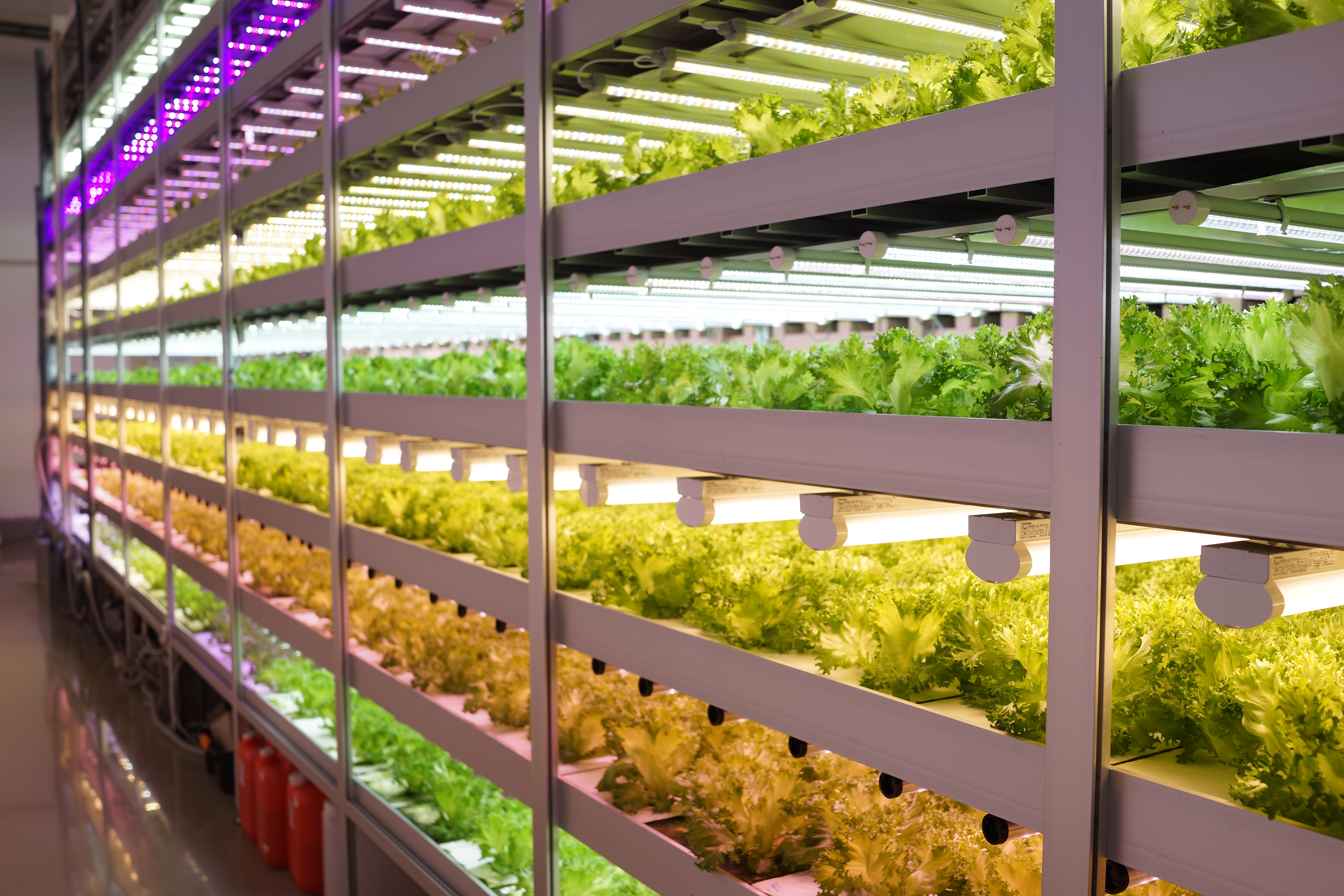
Japan S Indoor Ag Sector Is Becoming More Collaborative Agfundernews
Rice Production In Japan Wikipedia
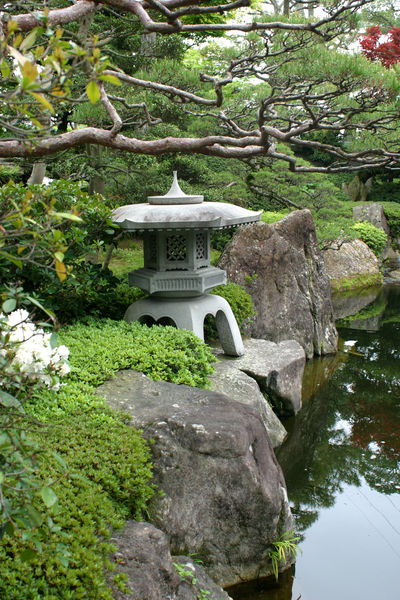
Agriculture Japan Product Average Growth Area Crops Annual Policy

The Future Of Rice Farming In Japan The Japan Times

A Grain Of Truth Inside Japanese Rice Insidejapan Tours
Existing Rice Production Sustainability Of Rice Production

A Grain Of Truth Inside Japanese Rice Insidejapan Tours

What Is Intensive Subsistence Farming Farming Base
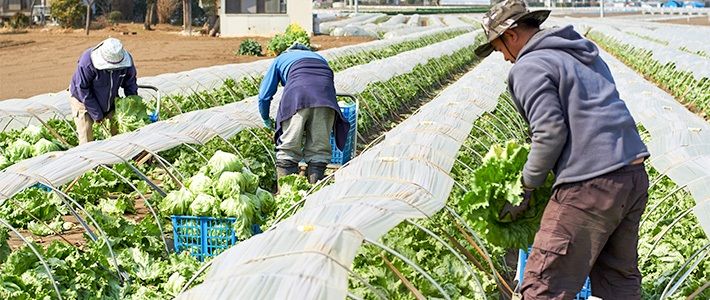
Japan Betting The Farm On Foreign Workers Nippon Com

Vertical Farming Takes Off In Ageing Japan Phnom Penh Post

Japan To Industrialise Agriculture

Agriculture In Japan Springerlink

Rice The Essence Of Japan Tokyo Restaurants Guide Find Your Restaurants And Attractions In Tokyo

Rice Production In Japan Wikipedia
Http Web Mit Edu 11 304j Www Japan Food Pdf
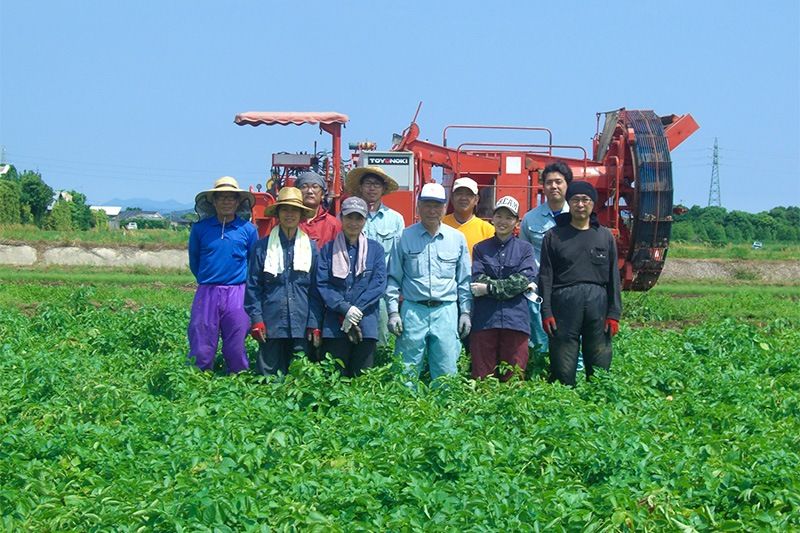
Japan Betting The Farm On Foreign Workers Nippon Com
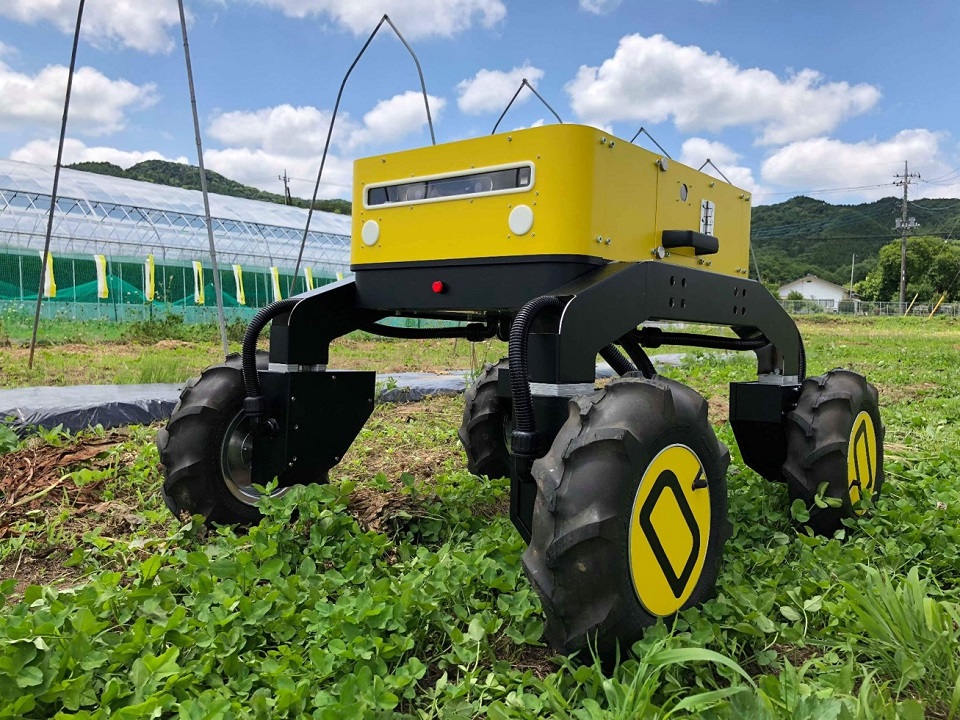
Post a Comment for "Intensive Farming In Japan"